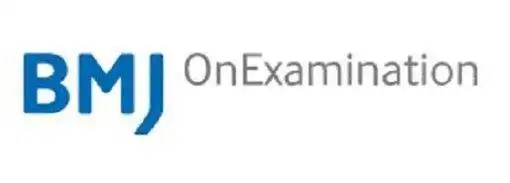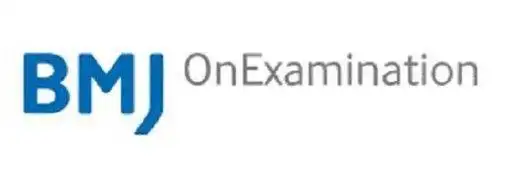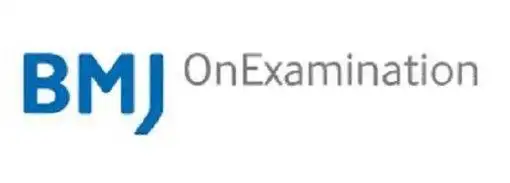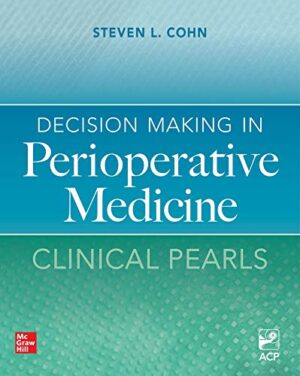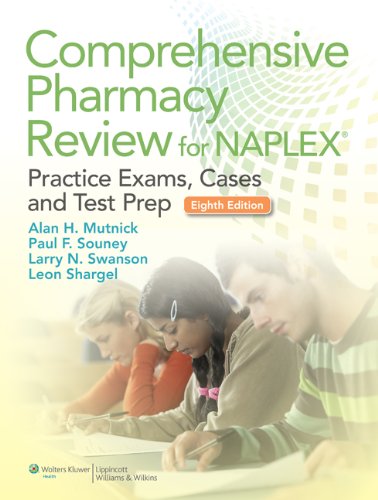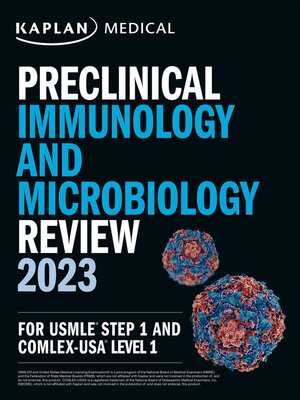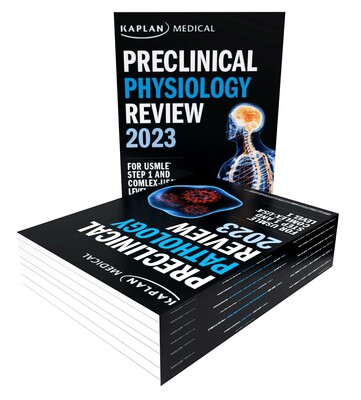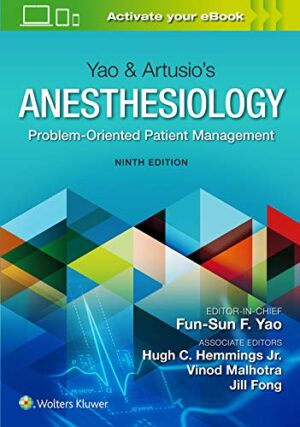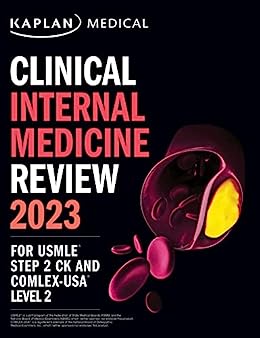OnExamination SCE in Endocrinology and Diabetes (Updated Feb 2023)
#OnExamination #SCE in #Endocrinology and #Diabetes (Updated Feb 2023)
Preparing you for your SCE in Endocrinology and Diabetes
Our revision for the Specialty Certificate Examination provides you with a bank of high-quality practise questions, mirroring the Royal College of Physicians curriculum. Revise with quality questions and detailed explanations.
Demo Question
A 43-year-old male presented to hospital with acute myocardial infarction. His blood test showed that his total cholesterol was 7.8 mmol/L and his low-density lipoprotein cholesterol (LDL-C) was 13.5 mmol/L. As per NICE guidelines, at what level of LDL-C, diagnosis of Homozygous familial hypercholesterolaemia should be considered?
- If LDL-C concentration greater than 9 mmol/L
- If LDL-C concentration greater than 10 mmol/L
- If LDL-C concentration greater than 11 mmol/L
- If LDL-C concentration greater than 12 mmol/L
- If LDL-C concentration greater than 13 mmol/L
Key Learning Point
Consider a clinical diagnosis of homozygous FH in adults with a low-density lipoprotein cholesterol (LDL-C) concentration greater than 13 mmol/l and in children/young people with an LDL-C concentration greater than 11 mmol/l.
Explanation
NICE recommends: Healthcare professionals should consider a clinical diagnosis of homozygous FH in adults with a low-density lipoprotein cholesterol (LDL-C) concentration greater than 13 mmol/l and in children/young people with an LDL-C concentration greater than 11 mmol/l. All people with a clinical diagnosis of homozygous FH should be offered referral to a specialist centre. To confirm a diagnosis of FH, healthcare professionals should undertake two measurements of LDL-C concentration because biological and analytical variability occurs. Healthcare professionals should be aware that the absence of clinical signs (for example, tendon xanthomata) in adults and children/young people does not exclude a diagnosis of FH.

